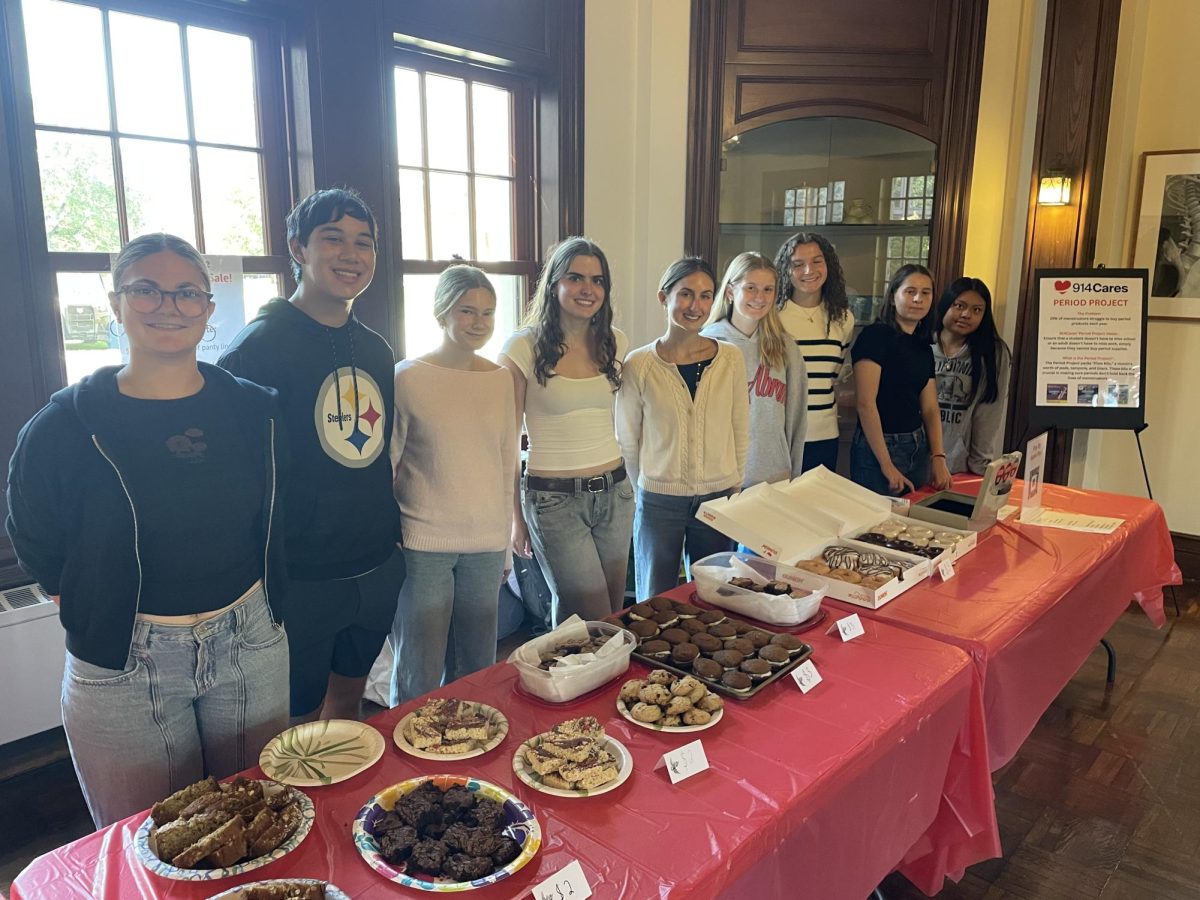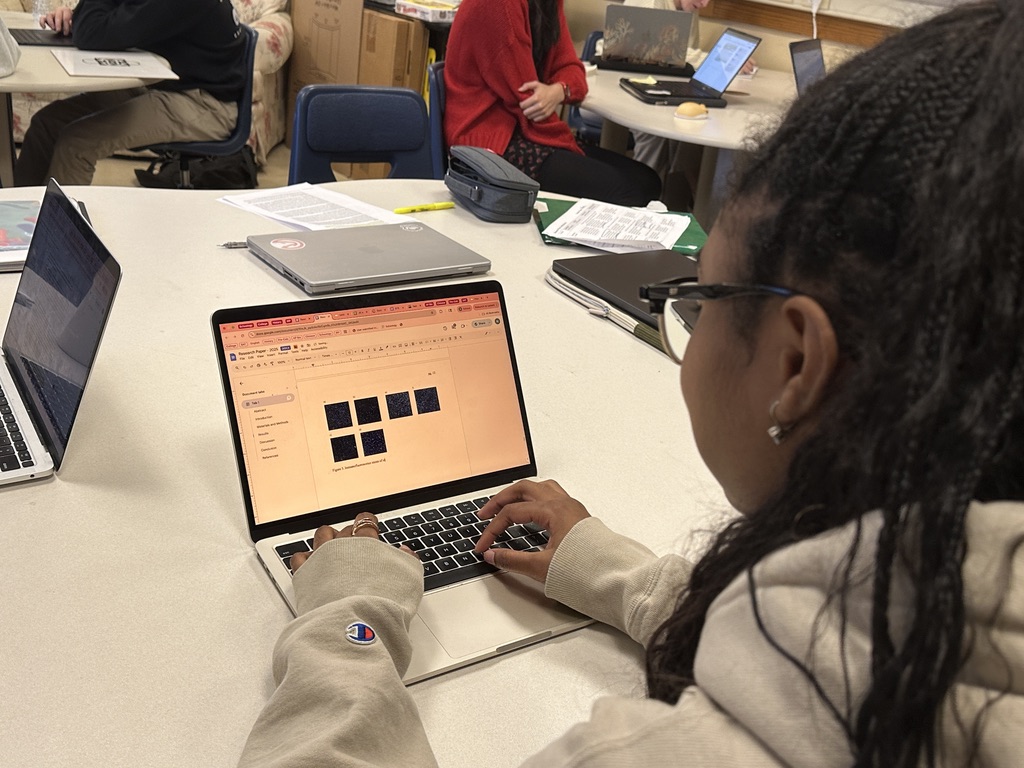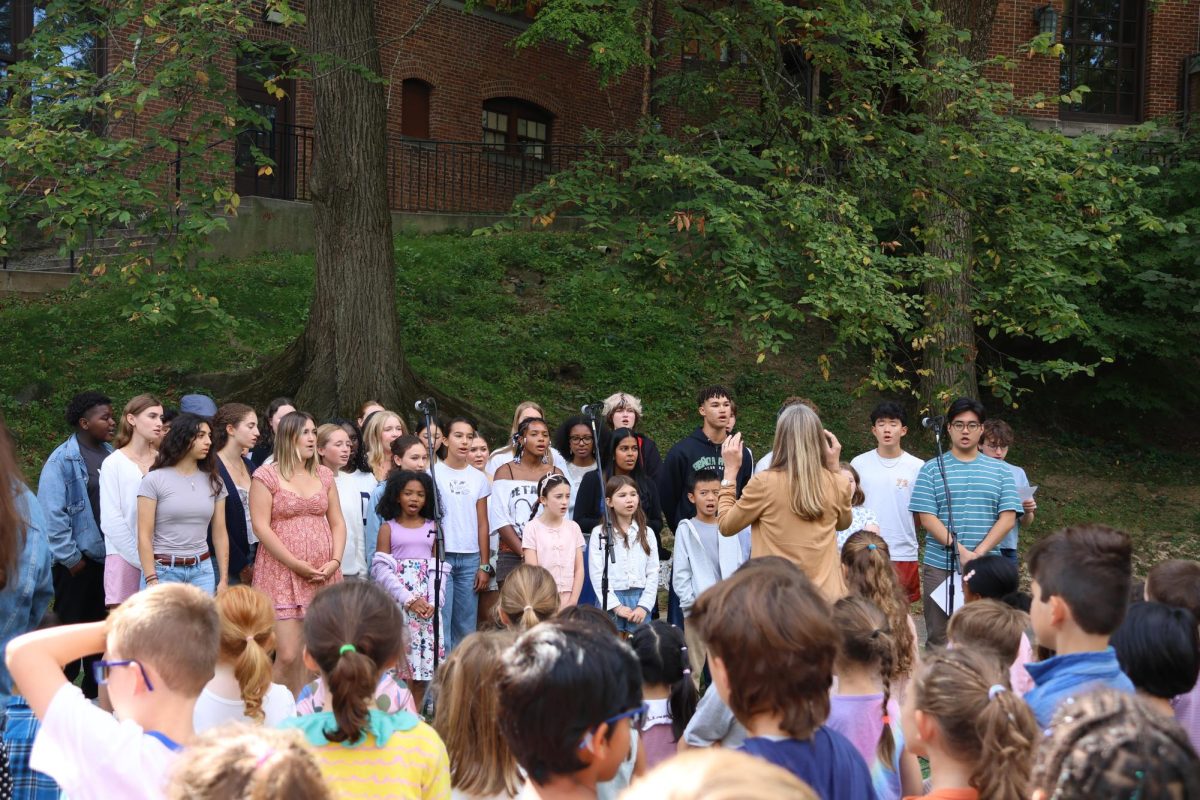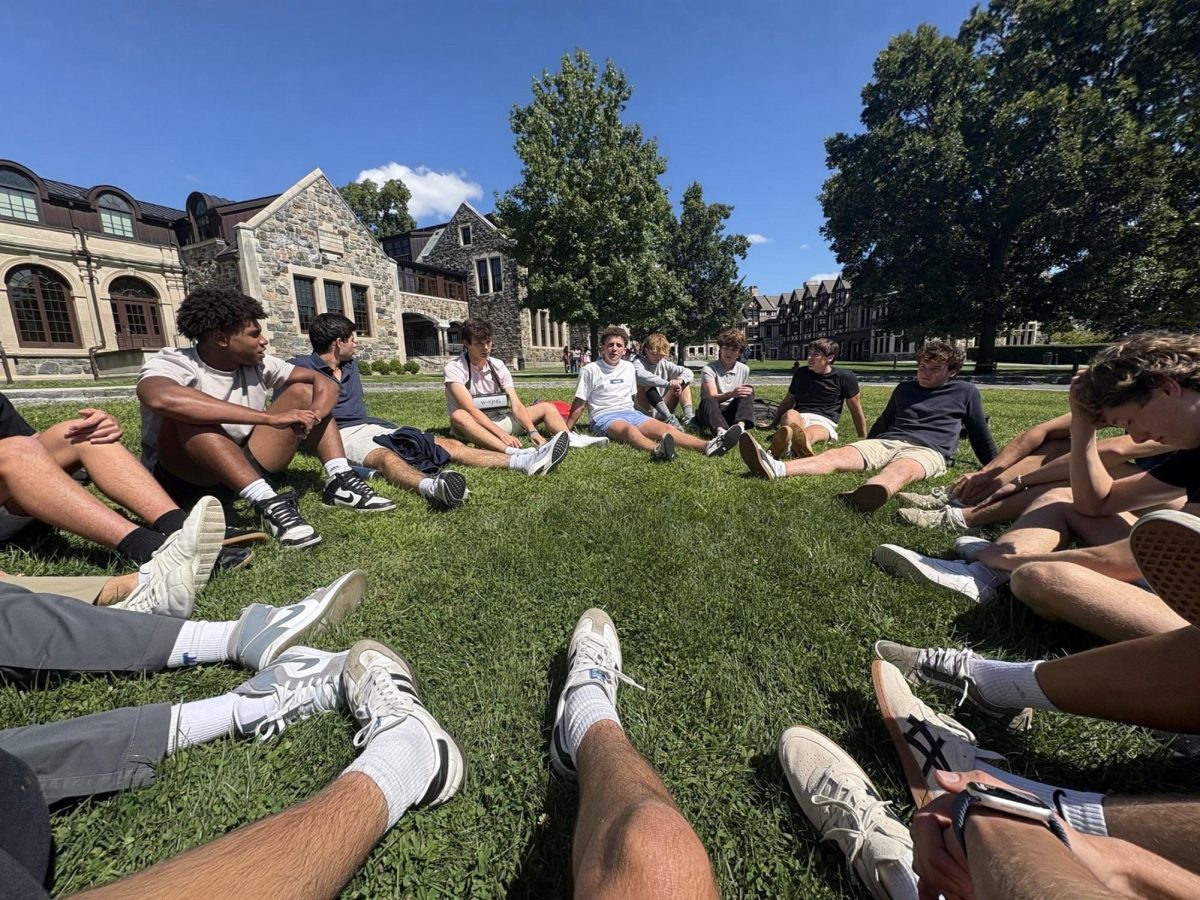
In the midst of major building renovations, Hackley has decided to consider putting its dress code through the same treatment. To this end, this winter, Hackley formed a dress code review committee.
According to Upper School Director Andy King, the committee was formed in response to “ongoing questions from many constituencies” about the dress code.
Representatives to the committee were each chosen for specific reasons. In order to properly represent each division of the school, Hackley chose one teacher from each division from a group of volunteers, specifically Lower School math teacher Eva Van Buren, Middle School Chinese teacher Roy Sheldon, and Upper School English teacher Jenny Leffler. The committee also includes the directors of each division, Lower School head Anne Burns, Middle School head Steve Bileca, and Mr. King. The other members of the committee were chosen to represent other constituencies, namely 2014-2015 school year HPA chair Carolyn Carr-Spencer to represent the parents, Kaveh Khosrowshahi to represent the Hackley Board of Trustees, and Margie McNaughton Ford to represent Hackley alumni.
The committee is not required to make a decision by any certain date, although Mr. King commented that “the committee’s aim is have [its] thoughts and possible recommendations together before the end of the school year.” The timing of the introduction of alterations to the dress code is uncertain, and, according to Mrs. Leffler, will likely not be determined in the near future. Moreover, Mrs. Leffer emphasized that no change in the dress code is certain, and it is possible that the committee will decide not to make any changes.
The committee has not had many meetings so far, and therefore has not made major steps towards any dress code changes. The committee’s first, and so far only, action was to send a survey to parents and Upper School students, to gain insight on opinions about the effect of the dress code. According to Mrs. Leffler, results from this survey were not significantly divided among the opinions of staff, parents, and students.
A poll given to Upper School students by The Dial demonstrated that 58% of upper schoolers believe that the dress code should be altered, while only 14% of those surveyed believe that it is fine as it is. 70% of respondents believed that the dress code is too strict, while only 16% believe it is too lenient.
Nevertheless, students are not overly optimistic that their wishes for a less strict dress code will come to fruition. Sophomore Elijah Ngbokoli stated, “I hope for a more lenient dress code, but expect more restrictions to be implemented.”
The overall options presented by the committee in the survey and sent out and discussed in the committee’s meetings support Elijah’s doubts that the dress code will be eased. The committee has and will continue to discuss “everything related to dress code,” according to Mr. King, but the overall options considered are leaving the dress code as is, adding more specific dress code restrictions, or introducing elements of a school uniform. It is unlikely that the dress code will be eased or eliminated.
One of the most significant issues in the current dress code lies in its enforcement. It is often difficult for the teachers to enforce the dress code, which can be open to different interpretations and consequently degrees of enforcement by different teachers. Students have found many loopholes in the dress code and often blatantly disregard it without being caught and punished.
Tactics for avoiding the dress code, such as hiding t-shirts under sweatshirts, and wearing colored jeans and skirts that push the limits of length have become increasingly widespread during the course of the school year. This trend has also led to an increase in number of dress-code related detentions issued during the school year, to the extent that after-school detentions have had to been split into two groups to accommodate the influx in students. Nevertheless, students have not been deterred from disobeying the dress code.
Mrs. Leffler addressed the enforcement problem directly and noted that changes in the dress code will likely be aimed towards making “enforcing dress code easier for teachers,” while specific enforcement tactics will be “left to the teachers/deans in each division,” according to Mr. King.
Sophomore Thomas Gooley does not believe that changes in the dress code will make it more easily enforceable, and believes that any attempts at enforcing it are futile. T.J. commented, “Students are always going to find ways around the dress code. If you walk around the halls you’ll see kids with untucked shirts, sweatshirts, and leggings. The best thing you can do is just get rid of it.”
Others in the community support the introduction of a school uniform. The reasons for this view vary, from easing enforcement, and eliminating pressure to find clothing that is in dress code and in style.
Unfortunately for T.J. and other students like him, the survey sent out by Mr. King did not reveal widespread support for the abolition of the dress code, but demonstrated a wide range of opinions among members of the Hackley community, which will likely make it difficult for the Dress Code Committee to make any final decisions. Regardless, Mrs. Leffler stated that the changes implemented, if any are implemented at all, “will not be earth-shattering.”






